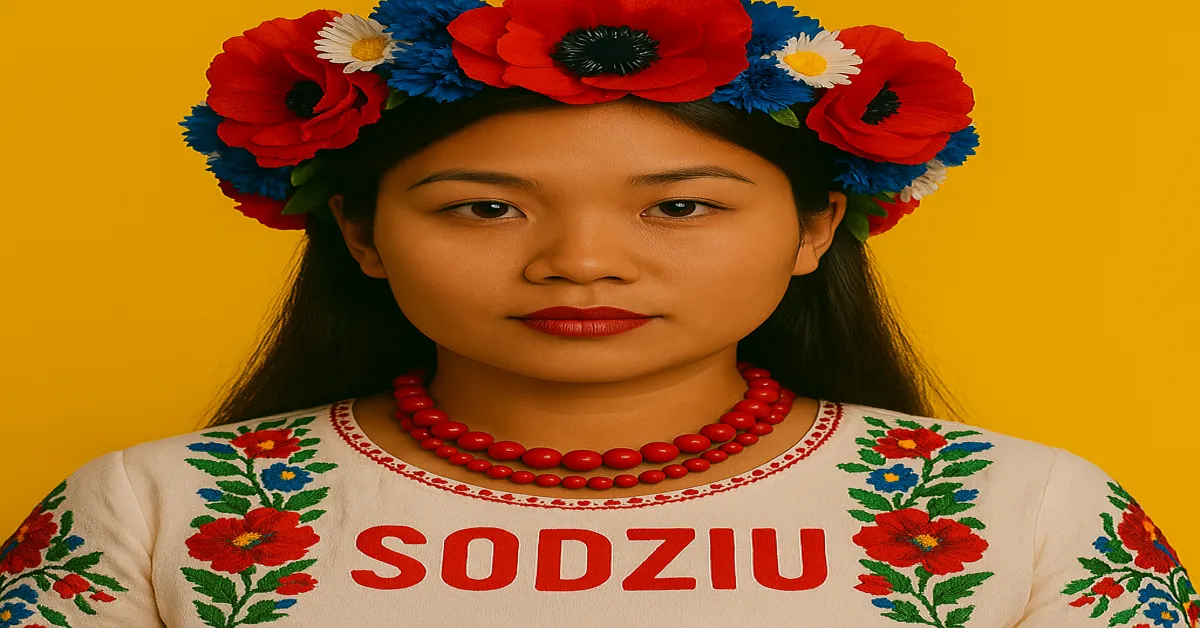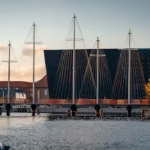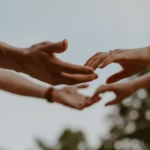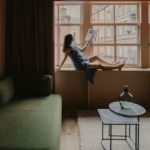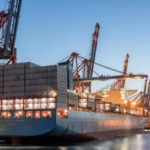In a time when cultural preservation competes with digital reinvention, Sodziu has emerged as more than a keyword—it’s a reflection of belonging, place, and transformation. Whether you’re a heritage enthusiast, language researcher, or simply curious about overlooked identities, Sodziu invites inquiry. The term encapsulates complex themes: from rural traditions and linguistic uniqueness to the ways modernity reshapes identity. This article dives deep into what Sod-ziu means, why it matters today, and how it represents the tension between rootedness and reinvention in an interconnected era.
1. What Is Sod-ziu? A Definition Anchored in Place
At its core, Sodziu (pronounced sohd-zoo) is a term derived from Baltic linguistic roots, often referencing a village, rural settlement, or a specific locality tied to agrarian or historical life. However, to call it merely a “village” would be to reduce it—it holds deeper sociocultural significance.
Traditionally, Sod-ziu refers to a community-centric, land-based living environment, structured around kinship, shared practices, and a rhythm defined by nature rather than clocks. In historical contexts, Sodziu wasn’t just where people lived—it was how they lived. It stood for identity, self-sufficiency, and interdependence.
2. The Searcher’s Intent: Why Are People Looking Up “Sod-ziu”?
The spike in interest around Sod-ziu often stems from deeper questions:
- Is it a disappearing way of life?
- What cultural or anthropological importance does it hold?
- How do we preserve traditional communities in the modern era?
- Could Sodziu be a model for sustainable living?
In other words, “Sodziu” may appear to be a term, but it unlocks an entire universe of meaning. People aren’t just asking what Sodziu is—they’re asking what it represents in the context of now.
3. Sod-ziu as a Cultural Archetype
While it has geographical relevance in certain Baltic or Eastern European contexts, Sodziu transcends borders in its symbolic power. It represents:
- The loss of traditional knowledge due to urban migration.
- A slow, deliberate life in contrast to digital hyper-speed.
- A model of self-sufficiency through farming, craft, and barter.
- A microcosm of democratic life, where collective decision-making often prevails.
In that way, Sod-ziu isn’t just a locality—it’s a philosophy. It questions dominant paradigms of individualism, consumerism, and centralization.
4. Language, Memory, and the Sodziu Lexicon
Language shapes perception. The term “Sod-ziu” is often used in poetic, nostalgic, or historical writings in local languages—Lithuanian, Latvian, Belarusian—evoking images of unpaved roads, old apple trees, wooden houses, and elder wisdom. It contains within it a lexical archive of memory, one that is increasingly endangered by modernization.
Linguists studying endangered dialects often trace Sodziu-related vocabulary as evidence of oral histories, seasonal timekeeping, and familial organization. The grammar of a Sod-ziu is not only spoken—it is also built into its architecture and landscape.
Read: Syair HK: Unraveling the Tradition of Poetic Prediction in a Modern World
5. The Displacement of the Sod-ziu Identity
With the 20th century came upheavals—war, industrialization, forced collectivization, and urban expansion. In many regions, Sodzius were physically and symbolically erased, either through assimilation or annihilation. What remained were fragments:
- A family surname with rural roots.
- A proverb remembered by a grandparent.
- A plot of ancestral land, now overgrown.
This loss created what cultural theorists call the “diaspora of memory”—an estrangement from ancestral ways, often accompanied by guilt, nostalgia, or romanticism. The ethics of remembering Sod-ziu include acknowledging what was lost—and why.
6. Sodziu in Contemporary Urban Imagination
Ironically, as cities swell and rural communities shrink, urban dwellers are increasingly drawn to Sodziu-inspired values. This manifests in movements like:
- Urban gardening and permaculture.
- Community-supported agriculture (CSA).
- Minimalist architecture and small home living.
- Digital detoxing and slow living.
These aren’t just trends—they’re attempts to recapture what Sod-ziu once provided: meaningful connection, environmental rhythm, and communal identity. Urbanites may not return to the Sodziu physically, but they invoke its ethics in response to burnout and alienation.
7. The Digital Sodziu: Community in a Post-Place World
In an ironic twist of history, Sodziu is being reimagined not as a physical village but as a digital village. Through forums, social media groups, decentralized platforms, and blockchain-based cooperatives, new versions of Sod-ziu are emerging online.
These digital Sodzius are:
- Non-geographic but deeply rooted in values.
- Focused on mutual aid, knowledge sharing, and identity preservation.
- Sometimes anonymous, but emotionally intimate.
Examples include diaspora communities sharing farming tips, virtual heritage museums, or decentralized autonomous organizations (DAOs) reviving village economies through smart contracts. The Sod-ziu spirit lives on—even in code.
8. Climate Change and the Return to the Land
As climate realities force societies to reconsider unsustainable urban expansion, many are looking again to Sodziu-style living as a blueprint for resilience:
- Local food sovereignty.
- Low-energy architecture.
- Collective water and waste management.
These aren’t retrograde ideas—they are progressive adaptations. Governments and NGOs increasingly support rural regeneration, sometimes under new names like “eco-villages” or “rural innovation hubs.” But beneath these terms lies the age-old Sod-ziu principle: the land provides, but only if we respect it.
9. Sodziu and Education: Learning from the Past, Living in the Present
Sodziu-centered education offers an antidote to standardized curricula. Programs that integrate:
- Ancestral craft skills.
- Agricultural literacy.
- Folk storytelling.
- Ecological stewardship.
…are rising in popularity. These curriculums aren’t nostalgic—they are strategic, equipping youth with resilience, self-awareness, and a strong sense of identity. In a time of digital overload, they root students in sensory, tangible, and community-grounded experiences.
10. Artistic Revivals and the Aesthetic of Sodziu
Art and design circles have also taken note. The aesthetic of Sodziu—worn wood, linen textiles, hand-drawn maps, field recordings of wind and birds—is showing up in:
- Indie music videos.
- Eco-conscious fashion.
- Photography collectives.
- Museum exhibitions on vanishing lifeways.
These aren’t just stylistic choices—they are acts of preservation. When a design student incorporates Sodziu symbolism, they’re bridging past and future, material and digital.
11. Sodziu and the Politics of Preservation
Preserving a Sodziu isn’t just about saving buildings—it’s about saving ways of relating. This raises tensions:
- Should Sodzius be frozen in time or allowed to evolve?
- Who gets to define “authentic” Sodziu culture?
- What happens when preservation becomes commodification (e.g., heritage tourism)?
Policy-makers must balance conservation with innovation, ensuring that Sodziu remains a living tradition, not a museum piece.
12. The Global Echo: Sodziu Beyond the Baltic
Though the term may originate in a specific region, the concept of Sodziu has universal resonance. In every culture, there is a version:
- The Japanese satoyama (mountain village).
- The African compound system.
- The Latin American pueblo or finca.
- The Appalachian hollow.
Each has its own grammar, but the ethos is the same: a community in harmony with its place and each other.
13. Technology and the Ethics of Sodziu Preservation
As virtual reality, AI, and archival software grow, new tools offer ways to digitally preserve Sodzius—reconstructing villages, language, and rituals for future generations. But this comes with ethical questions:
- Who curates this memory?
- Can digital replicas replace lived experience?
- Are we preserving or simulating?
These concerns underscore the importance of community-led digital preservation, where those who lived Sodziu guide how it’s remembered.
14. Youth, Identity, and the Rediscovery of Roots
Interestingly, it is often younger generations—raised in digital cities—who seek to reclaim Sodziu identities. Their questions are poignant:
- “Where did my family come from?”
- “What were their values?”
- “How can I integrate that into my modern life?”
This isn’t regression. It’s a progressive archaeology of self, where Sodziu becomes not a place you move to, but a lens through which you live more intentionally—wherever you are.
15. The Sodziu Future: Hybridity, Flexibility, and Global Belonging
So, what comes next for Sodziu? Not a return to the past, but a future built on balance. The Sodziu of tomorrow is:
- Technologically literate but environmentally grounded.
- Globally connected but locally loyal.
- Evolving yet anchored in respect.
It’s a hybrid identity—as fluent in programming as in planting. It’s not a contradiction; it’s a coherence we urgently need.
Final Thoughts: Sodziu as Compass, Not Destination
In a fast-moving, often chaotic world, Sodziu reminds us where we come from and how we might live well again. It offers a model—not of retreat, but of rootedness. It suggests that tradition, when dynamic and open, can be a radical guide to the future.
Sodziu isn’t gone. It’s waiting—perhaps not at the edge of a forest, but in the choices we make each day: to connect, to simplify, to honor.
It is, after all, less a place than a promise.
FAQs
1. What does “Sodziu” mean?
“Sodziu” traditionally refers to a rural village or settlement, particularly in Baltic and Eastern European contexts. However, it also carries deeper cultural meanings—signifying a way of life rooted in land, tradition, community values, and environmental rhythm. It is both a physical place and a symbolic concept of belonging.
2. Why is Sodziu relevant today?
As modern societies face disconnection, climate change, and digital overload, Sodziu represents a model of sustainable, communal, and grounded living. Many are revisiting Sodziu-style values—like local food, slower living, and intergenerational knowledge—as guides for a more resilient and meaningful future.
3. Is Sodziu a real location or a cultural idea?
It’s both. Sodziu can refer to actual villages in Baltic regions, but it also symbolizes a broader cultural archetype: self-sufficient, interdependent, and deeply tied to land and tradition. Today, it often appears in conversations about heritage, sustainability, and identity.
4. How is Sodziu being preserved or revived?
Through rural revitalization projects, eco-villages, cultural education programs, and digital archives. In some cases, it’s being reimagined in urban areas or online communities that embrace Sodziu principles—mutual aid, ecological care, and localism—even in non-rural settings.
5. Can people outside the Baltic region connect with the idea of Sodziu?
Absolutely. Every culture has its version of Sodziu—a village, a clan, a commune. The values of rootedness, shared labor, and community care are universal. Sodziu provides a powerful framework for anyone seeking to live more intentionally and relationally in today’s fast-changing world.

